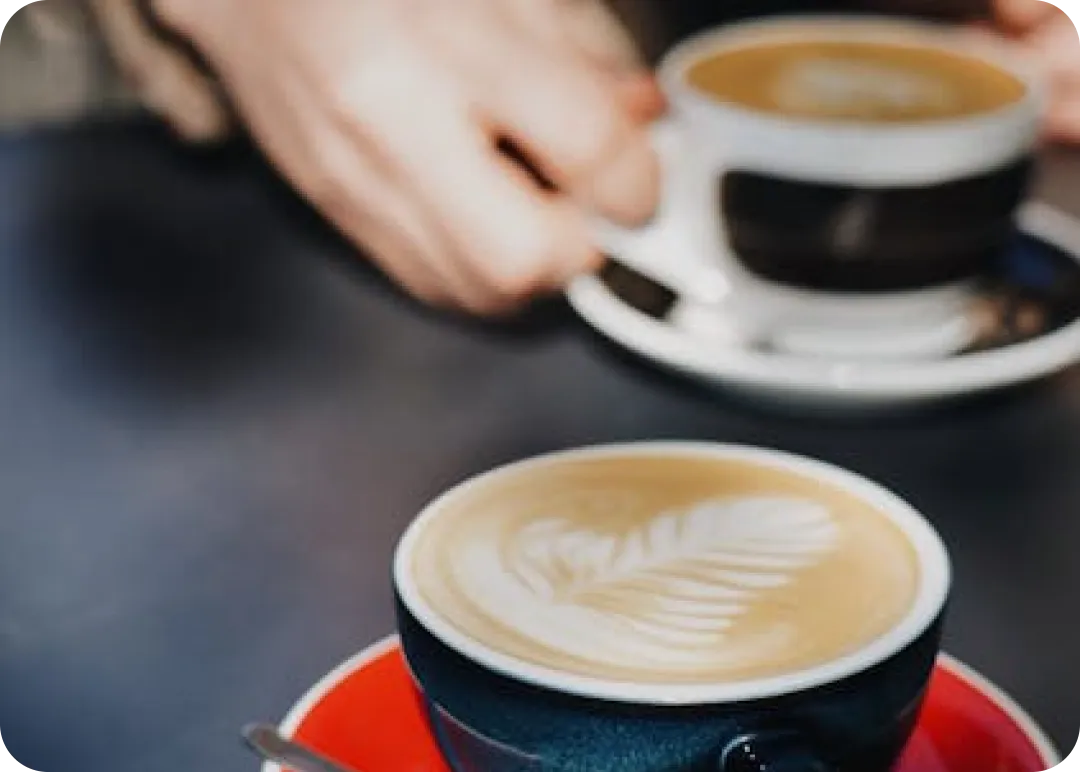Musicians
Hip-hop
US
My Hero Academia (Boku no Hero Academia)
Dabi is a standout character in the popular anime and manga series My Hero Academia, also known as Boku no Hero Academia. As a prominent member of the League of Villains, Dabi plays a crucial role in their mission to upend societal order and bring chaos into a world he sees as stagnant. His presence adds depth and tension to the storyline, making Dabi one of the most talked-about figures in the series. There’s just something about Dabi—his demeanor, his design, and his mysterious aura—that captures the attention of fans.
When Dabi first appears during the U.A. Sports Festival Arc, it’s clear that he’s not just another background villain. Aligned with Tomura Shigaraki, the leader of the League of Villains, Dabi steps into the spotlight with a chilling calmness. He rarely shows emotion, speaks sparingly, yet exudes an undeniable sense of power. It doesn’t take long for viewers to realize that Dabi is someone to watch—someone dangerous, calculated, and deeply involved in the larger schemes of the villain group. Over time, Dabi continues to be a central figure, often driving key plot points and leaving a lasting impact on both allies and enemies alike.
One of the most striking things about Dabi is his appearance—something that instantly sets him apart. His Quirk manifests as vivid blue flames that engulf his upper body, giving him a haunting, almost spectral look. This fiery trait, combined with the half-face mask he frequently wears, enhances his enigmatic image. You can’t help but wonder: who is Dabi under that mask? What lies beneath those scars? The visual storytelling around Dabi contributes heavily to his popularity, and honestly, it’s hard not to be intrigued by someone who looks so different and carries such a heavy presence.
Despite being on the side of villainy, Dabi has earned a massive fan following. People are drawn to his complexity—not just his powers or looks, but the layers of pain, anger, and ideology that seem to fuel him. Fans are constantly speculating about Dabi’s past, his true motivations, and where his path might lead. Every time Dabi appears on screen, there’s a buzz in the community. Who is he really? What happened to him? And why does he hate heroes so much? These questions keep audiences hooked, and Dabi remains one of the most analyzed characters in My Hero Academia.
Now, when we start looking at Dabi through the lens of personality typing, things get even more interesting. Based on his behavior and traits, Dabi could very well fit the INFP or INTP profile in the MBTI system. He’s clearly introverted—quiet, thoughtful, and emotionally reserved. He doesn’t follow the crowd; instead, he operates based on his own internal compass. That strong sense of individuality, combined with his disregard for authority and rules, hints at a deep desire for autonomy. Sound familiar? That’s classic INFP or INTP territory.
Moreover, Dabi is intensely idealistic. He isn’t just causing chaos for fun—he’s driven by a vision, however twisted it may seem. He pursues his goals with laser focus, which aligns with the INFP’s passion for personal ideals or the INTP’s need for intellectual independence. There’s also a reflective side to Dabi. He’s not impulsive; he thinks, observes, and plans. This introspective nature further supports the idea that Dabi might be an INFP or INTP. Of course, it’s worth noting that MBTI typing for fictional characters isn’t an exact science—it’s more of a framework to better understand them. But still, the parallels are compelling.
Looking at Dabi from another angle—the Enneagram—he strongly resembles Type 4, known as the Individualist. This type is all about identity, authenticity, and feeling different from everyone else. Dabi embodies that. He’s brooding, introspective, and often isolated, not just physically but emotionally. He feels misunderstood, even alienated, and seems to wear his suffering as a badge of identity. His scars aren’t just physical—they’re symbolic. They represent his pain, his past, and what makes him “unique” in his eyes. His actions within the League of Villains aren’t purely out of loyalty; they’re tied to his personal quest for meaning and revenge. That deep emotional undercurrent is textbook Type 4.
And then there’s astrology. If we consider zodiac signs, Dabi gives off major Scorpio vibes. Mysterious, intense, and emotionally complex—Scorpios are known for their dark allure, and Dabi fits that description perfectly. He’s secretive, strategic, and capable of manipulation when needed. Yet, he’s also fiercely loyal—to his cause, to his beliefs, and to the League, in his own way. Scorpios are also associated with transformation, and Dabi’s goal of reshaping society to empower the Quirk-strong reflects that theme of radical change. Is he a Scorpio? Well, astrology isn’t set in stone, but the alignment between his personality and Scorpio traits is definitely there.
In the end, whether you’re analyzing Dabi through MBTI, Enneagram, or astrology, one thing remains clear: Dabi is a multifaceted character whose depth goes far beyond typical villain tropes. His quiet intensity, tragic backstory, and ideological drive make him unforgettable. Fans continue to dissect every line he delivers, every move he makes, all in hopes of uncovering more about Dabi. And while we may not have all the answers yet, one thing’s for sure—Dabi’s role in My Hero Academia is absolutely essential. He’s not just a villain; he’s a symbol of pain, rebellion, and the search for identity. And that’s exactly why Dabi stands out.

